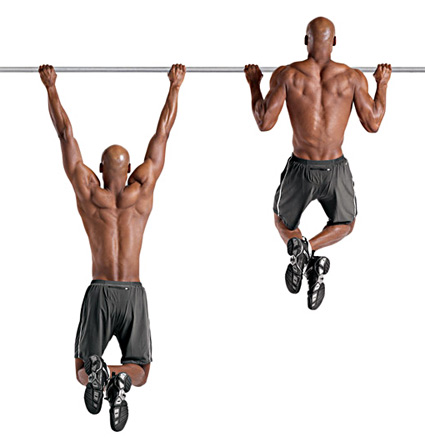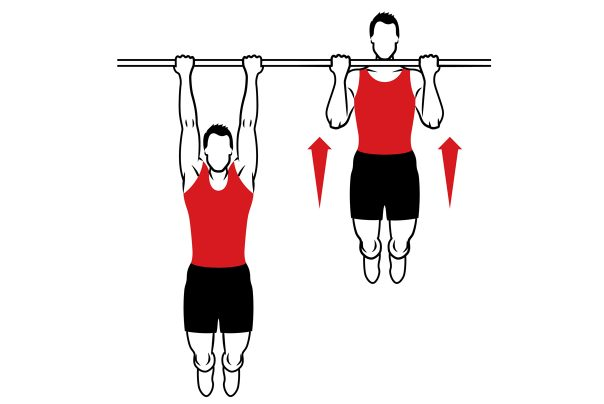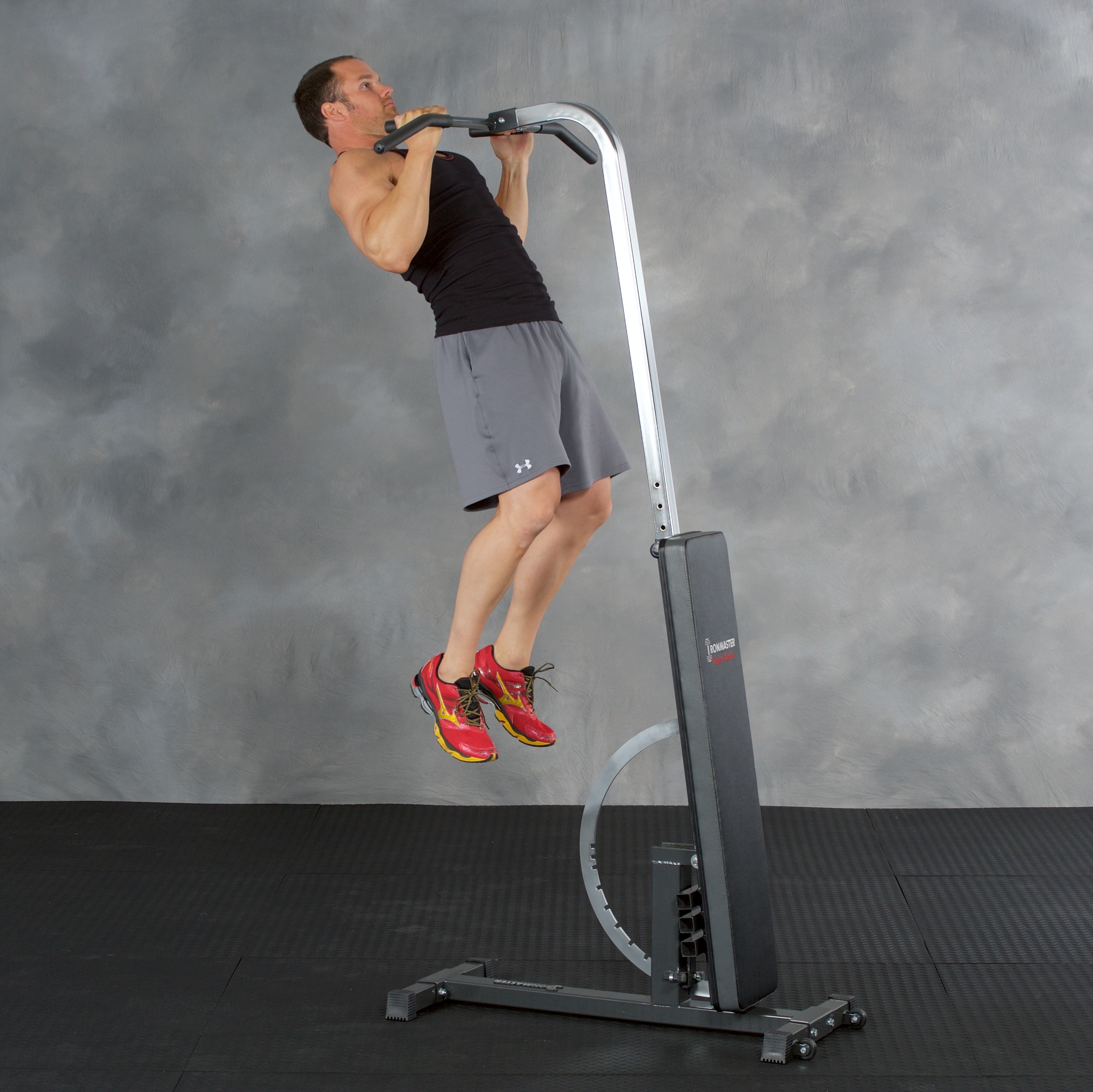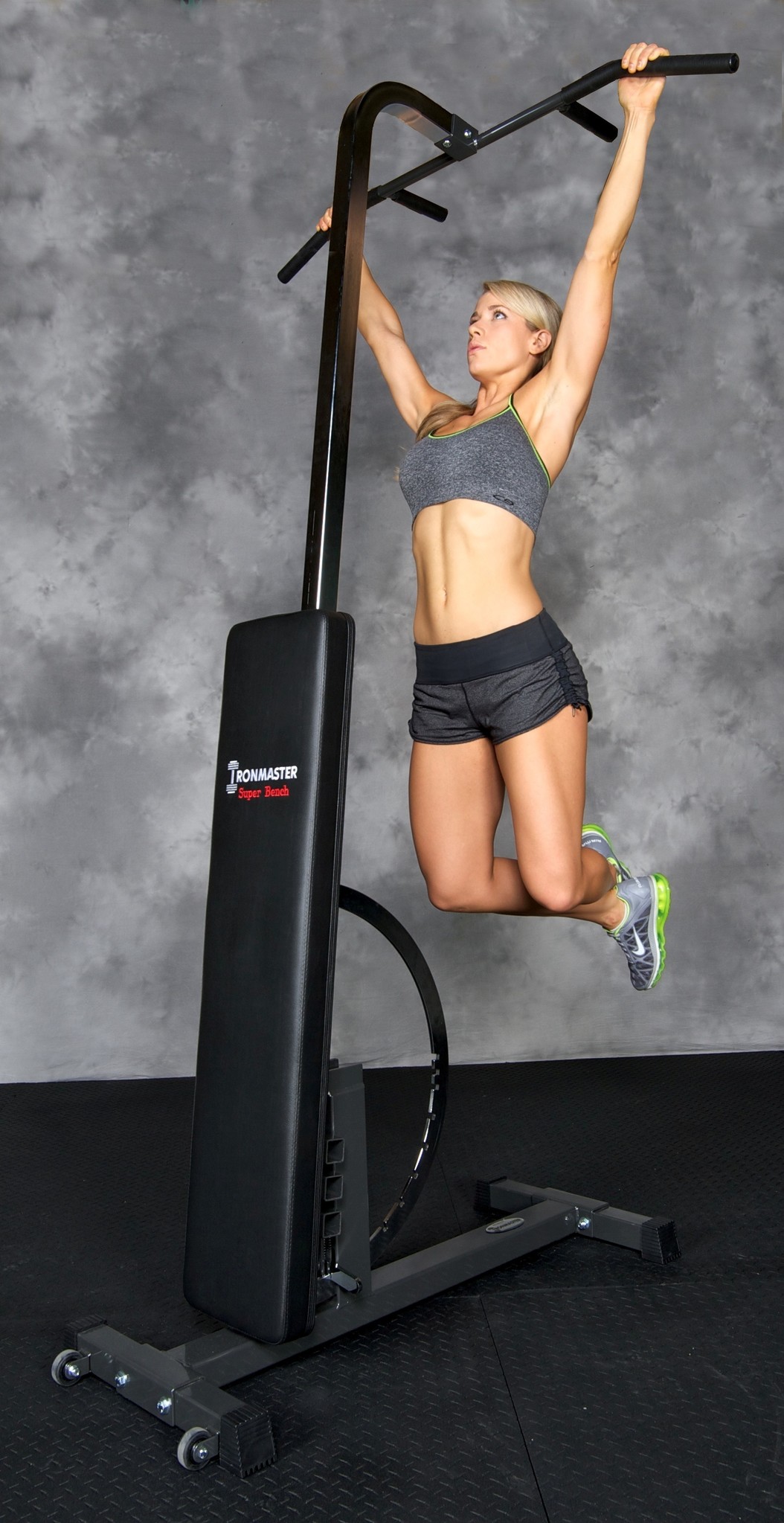Pull-Ups vs. Chin-Ups: What's the Difference?
Pull-Ups vs. Chin-Ups: What's the Difference?
Pull-ups and chin-ups are some of the most fundamental exercises in a trainer's tool kit. Thousands of years ago, cavemen hoisted themselves above tree branches to prepare for the hunt; ancient Egyptians repeatedly lifted themselves onto massive blocks of stone to train to build massive structures; medieval Britons raised themselves above their battlements in order to be ready to fend off invaders from their castles (perhaps I should have paid more attention in history class). The point remains, however, that pull-ups and chin-ups are both extremely effective in improving fitness and strength and also can be done with essentially zero equipment. For those who are new to working out, understanding the technique and benefits of these two exercises is critical.
Pull-ups

The only piece of equipment that pull-ups require is a horizontal bar that can support your weight. This is fantastic for newer trainers, as it allows you to jump right into working out without a big initial cost, but eventually, once you want to improve your setup, you can purchase a high-quality pull-up bar. The technique to do a pull-up is simple but critical to do correctly. There are three basic steps to completing a pull-up.
- Hold onto the pull-up bar with your arms fully extended, but not locked, and palms facing away from you.
- Raise yourself slowly until your chin is just above the bar. Don't tense your head or neck to try and get your chin above the bar, and make sure not to swing or rock back and forth. Really try to isolate your lats.
- Slowly lower yourself back down until your arms are fully extended, but not locked.
Correctly executed pull-ups exercise the lats and biceps. Through consistently and correctly done pull-ups, the size of these muscles will increase and overall fitness will improve. One of the main differences between pull-ups and chin-ups is your ability to change the width of your grip to adjust your workout. The wider your hands are the more the edges of your back are worked, allowing you to adjust your workout to fit what you are working to improve.
Chin-ups

Similar to pull-ups, the only equipment that chin-ups require is a bar that will support your weight. The technique for chin-ups is also similar to pull-ups, although there are a few key differences. This is the technique for a proper chin-up:
- Hang from the bar with your arms fully extended but not locked. Your palms should be facing toward you, and your hands should be either shoulder width or a bit narrower.
- Raise yourself slowly until your chin is above the bar. Make sure that you don't "reach" by straining your neck. Keep your head and neck relaxed during the whole motion.
- Slowly lower yourself until your arms are fully extended, but not locked.

Chin-ups mainly work the lats and biceps as well. They work the biceps more than pull-ups but work the lats less. If you are just starting to work out, I would recommend starting with chin-ups, as they are easier for most people than pull-ups.
Things to think about
Both pull-ups and chin-ups are fantastic exercises for both newer and more veteran trainers. They are almost unmatched in their ability to both cause hypertrophy in isolated areas and also improve overall fitness. Next time you're planning your workout, or if you're just looking for a quick pump, consider including pull-ups or chin-ups.






